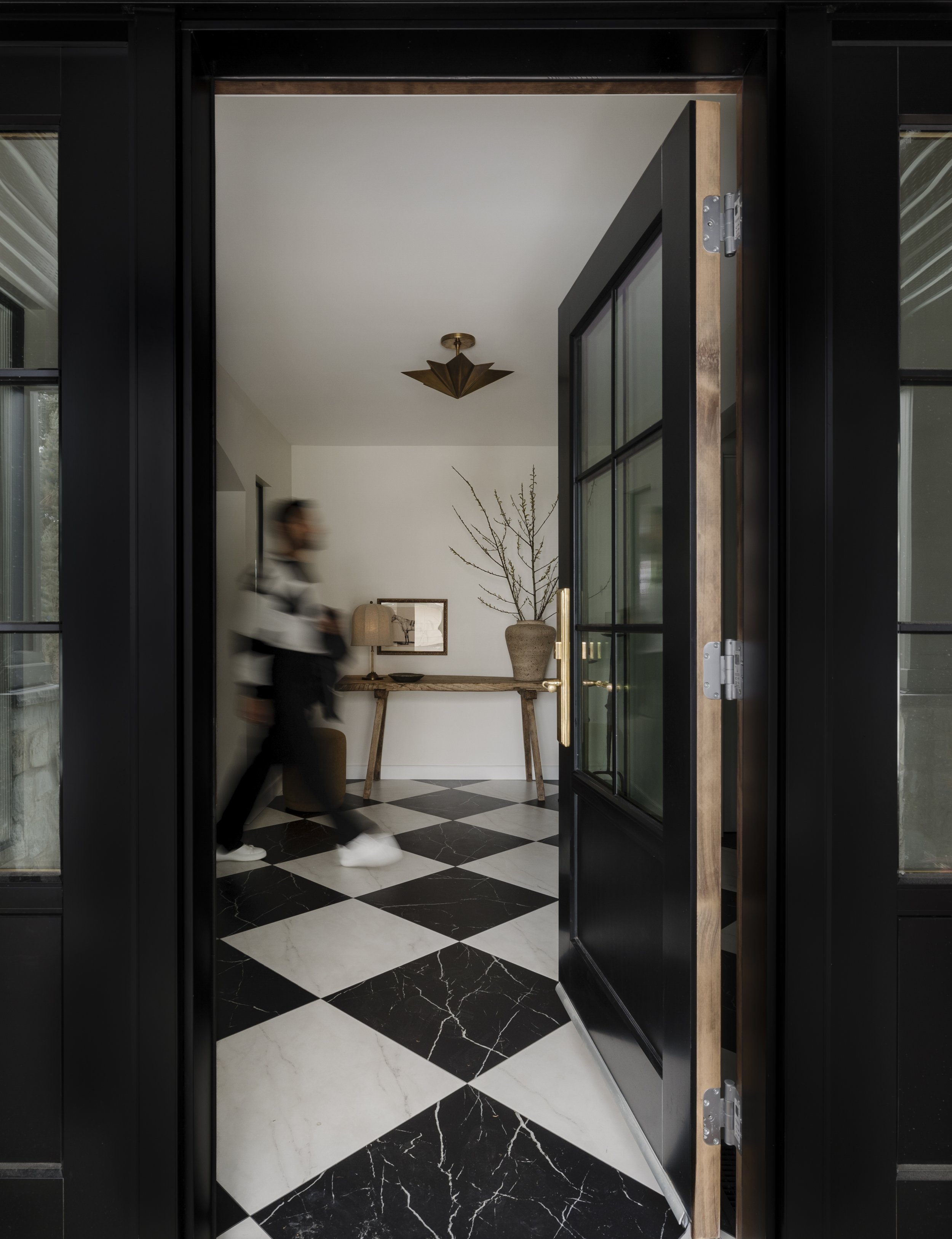How did interior design change over time?
Overview
Interior design has always been a reflection of cultural shifts, technological advancements, and evolving lifestyles. From ornate, handcrafted details of past centuries to the minimalist and functional designs of today, the way we design and furnish our spaces has seen dramatic transformations. Let’s explore how interior design has evolved over time, highlighting different types of interiors and how they reflect changing tastes.
1. Classical and Traditional Influences (Pre-19th Century)
Interior design was heavily influenced by the grandeur of ancient civilizations such as Egypt, Greece, and Rome. Ornate carvings, grand columns, and luxurious materials were prominent in these early spaces. During the Renaissance and Baroque periods, European interiors featured elaborate designs with intricate patterns, gold embellishments, and rich fabrics, reflecting the wealth and status of the inhabitants. These classic interiors often focused on formality and opulence.
2. The Victorian Era (19th Century)
The 19th century, particularly during the Victorian era, saw a shift towards eclectic and heavily adorned interiors. Homes were filled with dark wood furniture, patterned wallpapers, heavy drapery, and a mix of historical influences. This period emphasized opulence, with an abundance of decorative details, showcasing the rise of mass production during the Industrial Revolution. In some homes, whimsical design elements like unique wallpapers and decorative motifs began to emerge, breaking away from the traditional.
3. The Birth of Modernism (Early 20th Century)
The early 20th century saw a drastic shift away from excessive ornamentation to a more functional and simplistic approach. The Arts and Crafts movement emphasized craftsmanship and natural materials, while Art Deco introduced bold geometric shapes and luxurious finishes. By the mid-century, movements like Bauhaus and Mid-Century Modern embraced minimalism, clean lines, and innovative materials, reflecting a forward-thinking and practical lifestyle. The clean aesthetics of modern interiors made a significant departure from earlier, more decorative types of interiors.
4. Postmodernism and Eclectic Style (Late 20th Century)
The latter half of the 20th century saw a rejection of strict modernist principles in favor of playful, bold, and often eclectic designs. Postmodernism encouraged individuality, mixing patterns, colors, and styles in unexpected ways. The 1980s and 1990s saw the rise of contemporary interiors, which blended traditional and modern elements, offering more personalization and comfort. Whimsical design, in particular, became a defining characteristic of this era, where designers mixed fantasy and functionality to create more creative and imaginative spaces.
5. The 21st Century: Sustainability and Technology
Today, interior design is heavily influenced by sustainability, technology, and lifestyle changes. Open-concept living spaces, smart home technology, and eco-friendly materials have become major trends. Scandinavian minimalism, biophilic design (incorporating natural elements), and a renewed appreciation for handcrafted details define modern interiors. The rise of digital tools and social media has also democratized design, allowing more people to access and create personalized spaces that reflect their tastes and values. As a result, different types of interiors are now more accessible than ever, with individuals curating spaces that mix historical influences with modern sensibilities.
OUR TAKE
At Aly Velji Designs, we embrace these trends, creating spaces that tell a unique story, blending functionality with creativity. For instance, in our Varsity project, we combined old-world charm with modern sensibilities, featuring a checkerboard-patterned floor and custom oak door that invited clients into a space that felt both nostalgic and forward-thinking. Our quirky design elements, like custom wallpapers, added personality while keeping the space functional and stylish.
Similarly, our Mount Royal project blends traditional influences with bold, modern touches. By incorporating dark wood accents, custom furniture, and brass details, we achieved a "Modern Mediterranean" aesthetic that embraces both the past and present. This project showcases how we can mix design styles with elegance, creating a space that's both playful and sophisticated.
In the Bayview renovation, we focused on creating a rich contrast between light woods and darker millwork, paired with unique handmade touches. The stained-glass detail in the stairs reflected a blend of whimsy and timeless elegance, showing how different types of interiors can be achieved through personalized design.
Final Thoughts
Interior design is constantly evolving, shaped by historical influences, technological innovations, and cultural shifts. While styles may change, the goal remains the same: to create spaces that enhance our way of living. Whether embracing traditional elegance or modern simplicity, today’s interiors continue to reflect the past while adapting to the future. And as we continue to experiment with whimsical design and other innovative approaches, the world of interior design will continue to captivate and inspire.



